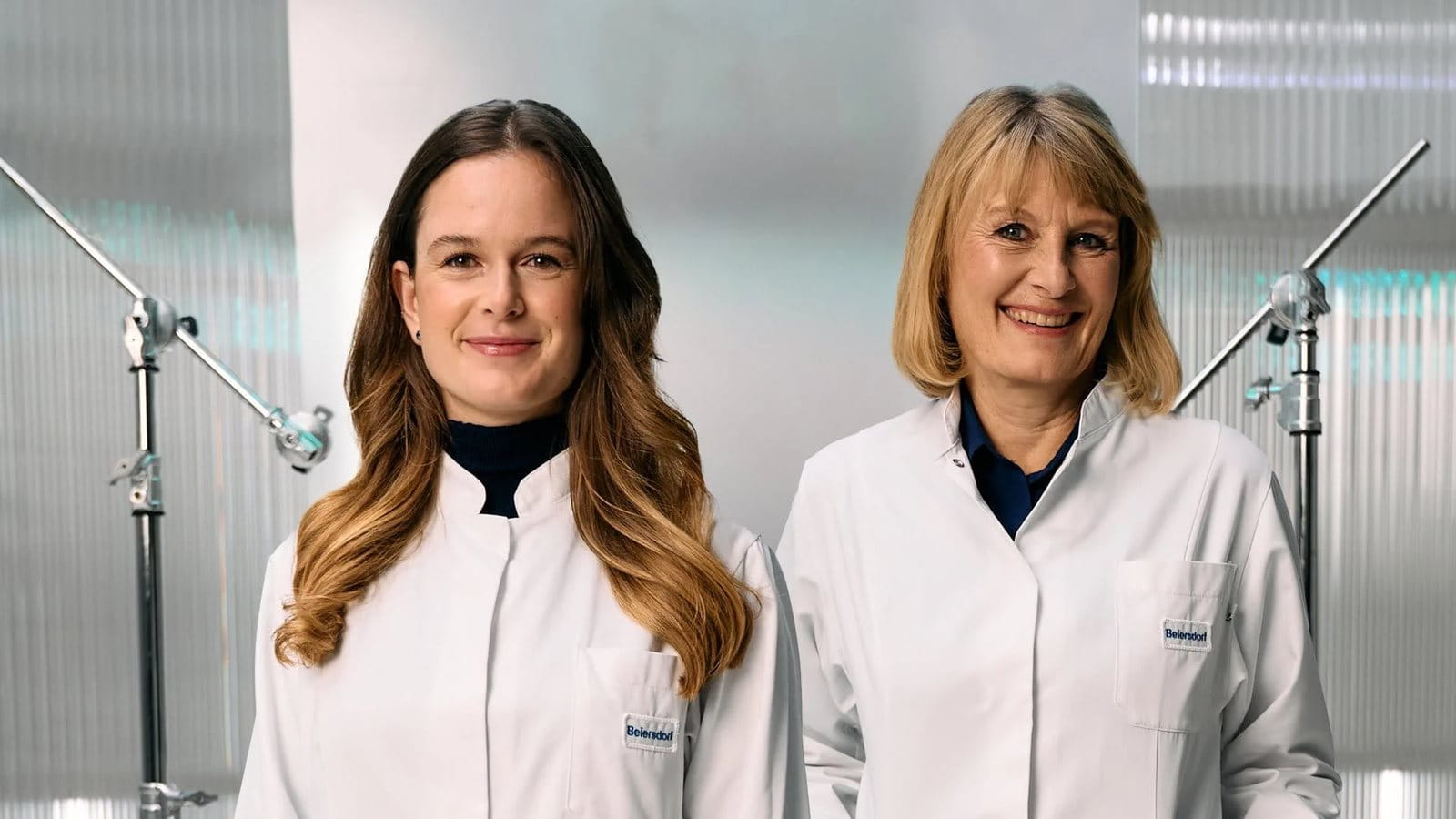
Since the company’s inception over 140 years ago, Beiersdorf has revolutionized wound care and continuously advanced its products. From being the first plaster to feature a gauze pad in 1922 — making it suitable for open wounds — to pioneering elastic dressings in 1932 and introducing extra skin friendly options in the late 1960s, the Hansaplast brand has consistently set new standards in wound healing.
Plasters are everyday items we often take for granted, ready to protect us from childhood scrapes to kitchen mishaps. However, when it comes to treating minor wounds, many still believe that leaving them uncovered is the best way to heal. Contrary to popular belief, medical research has shown that moist wound environments heal faster and more effectively. But why do moist wounds heal faster?
In the following interview, Dr. med. Maike Kuhlmann, Head of Medical & Clinical Affairs Healthcare, and Núria Canal Paulí, Technology Manager at Beiersdorf, explain what makes an effective plaster, the benefits of moist wound healing, and why these innovations are key to enhancing recovery and minimizing scarring.


